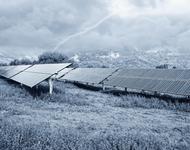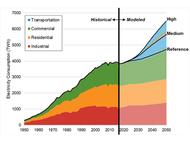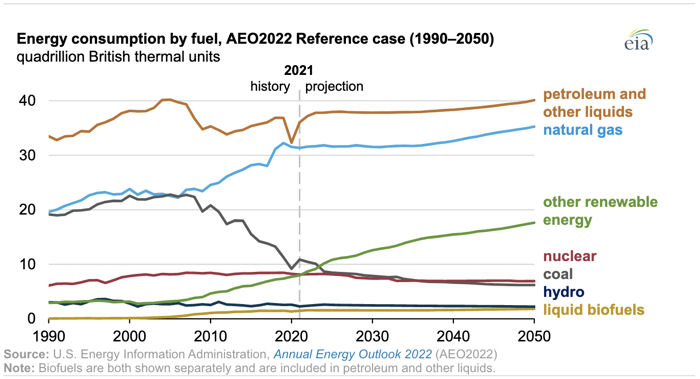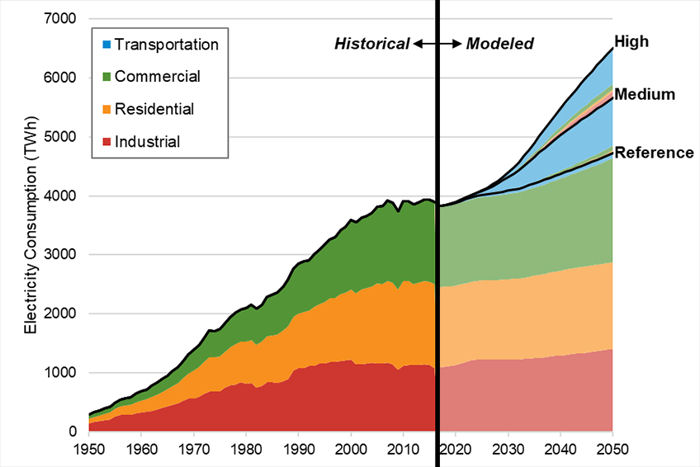Definition of information
1a(1) : knowledge obtained from investigation, study, or instruction
(2) : intelligence, news
(3) : facts, data
Definition of misinformation
: incorrect or misleading information
Definition of disinformation
: false information deliberately and often covertly spread (as by the planting of rumors) in order to influence public opinion or obscure the truth
Source: Merriam-Webster
Society is awash in information, but not all of that information is factual, even when it has been asserted as such. The desire to separate the factual from the non-factual and the counter-factual has led to the establishment of fact-checking organizations and fact-checking functions within media organizations. However, recent revelations regarding dossiers and laptops, among others, have demonstrated that several of the fact-checkers were not actually checking facts, but rather reinforcing narratives and commenting on failure of narrative compliance by those whom they were checking.
The US federal government, through the Department of Homeland Security, has now established a Disinformation Governance Board (“Ministry of Truth”) to function as the “official” fact-checker. DHS has stated that the Disinformation Governance Board would be focused on foreign disinformation which threatens national security. The Board got off to a rocky start when the individual appointed as its director was identified as a hyper-partisan liberal who had propounded narrative affirming disinformation regarding dossiers and laptops; and, when the Administration had to admit to being the source of two instances of disinformation Reportedly, two hyper-partisan liberals have now been selected to review the mission of the Board.
While the Board’s mission is supposed to be foreign-focused, it seems highly likely that the Board will rapidly experience “mission creep” (mission leap?) to two high profile issues which have been the focus of the self-appointed fact-checkers: Covid and climate. Ironically, the federal government has been a primary source of information, misinformation and disinformation on each of these issues.
Perhaps the most obvious and egregious examples of government climate disinformation are the repeated assertions that climate change has produced a “crisis”, or that there is a climate “emergency”, or that climate change is an “existential threat”. These assertions are not scientifically factual, but rather are political posturing to influence public opinion. These government assertions are based on the outputs of unverified and unvalidated climate models which project a variety of potential future climate scenarios, no more than one of which could possibly be accurate, if any. Simply put, there is no such thing as a future fact, though something might become a fact in the future. While climate change might become a “crisis”, or an “emergency”, or an “existential threat” at some undefined point in the future, it certainly is none of those things now.
The production of scary scenarios based on totally unrealistic projections of future GHG concentrations is also disinformation, intended to influence public opinion.
Asserting that sea level is rising at the rate measured by the various satellite instruments when those measurements are inconsistent with the far longer tide gauge history and the reasons for the inconsistency are not understood is, at the very least, misinformation.
Asserting that global average near-surface temperature or global average sea surface temperature anomalies are known to two decimal place accuracy is also at least misinformation. The measurements on which those assertions are based have been “adjusted”, and are therefore no longer data, but merely estimates and thus not factual.
Assertions that the science is settled are at least misinformation, since science is never settled. The assertion of a consensus of 97% of climate scientists in the absence of a clear description of the subject of the consensus is disinformation.
Arguably, the reporting of these issues in the media constitutes misinformation, since the media did not create the information but is merely reporting the disinformation provided to them.
 The Right Insight is looking for writers who are qualified in our content areas. Learn More...
The Right Insight is looking for writers who are qualified in our content areas. Learn More...











